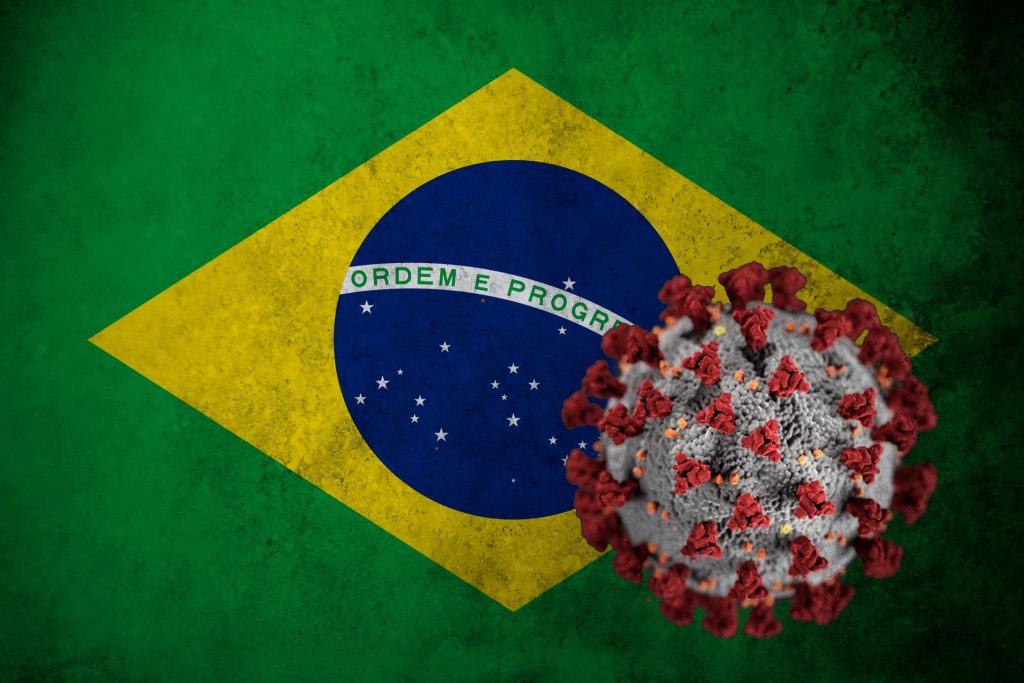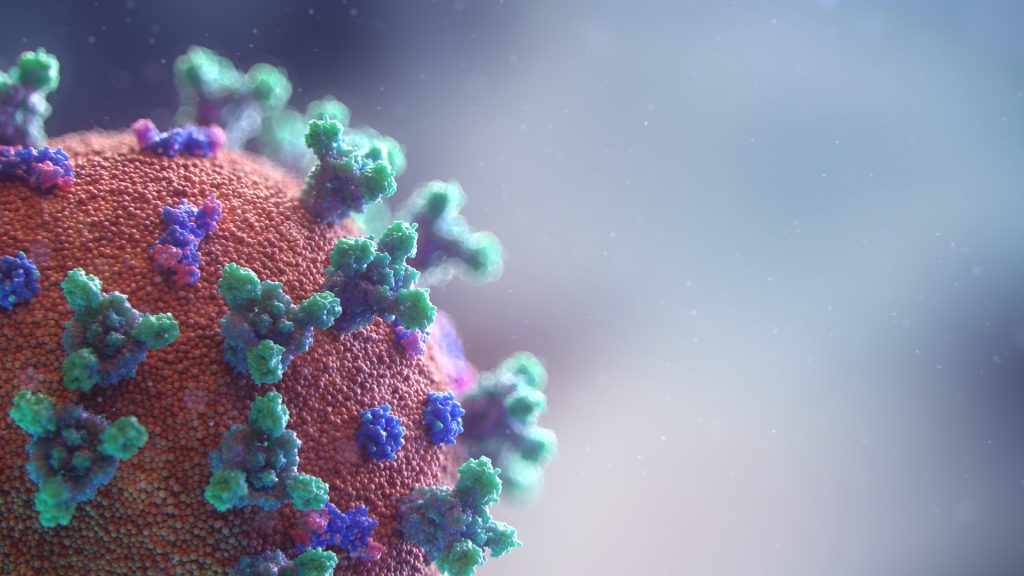Previously Infected Older People Have More COVID Antibodies

In a recent study published in Scientific Reports, researchers found that older people previously infected with COVID, when vaccinated, had higher antibody levels than previously infected individuals. These antibodies were also effective against the Delta variant, which wasn’t present in Canada when the samples were taken in 2020.
Joelle Pelletier and Jean-François Masson, both professors in Université de Montréal’s Department of Chemistry, wanted to find out whether natural infection or vaccination led to more protective antibodies being generated. The focussed on an understudied group: people who have been infected but not hospitalised by SARS-CoV-2.
Consequently, 32 non-hospitalised COVID positive adults were recruited 14 to 21 days after being diagnosed through PCR testing. This was in 2020, before the Beta, Delta and Gamma variants emerged.
“Everyone who had been infected produced antibodies, but older people produced more than adults under 50 years of age,” said Prof Masson. “In addition, antibodies were still present in their bloodstream 16 weeks after their diagnosis.”
Antibodies produced after an infection by the original, “native” strain of the virus also reacted to SARS-CoV-2 variants that emerged in subsequent waves, namely Beta (South Africa), Delta (India) and Gamma (Brazil), but to a lesser extent: a reduction of 30 to 50%.
“But the result that surprised us the most was that antibodies produced by naturally infected individuals 50 and older provided a greater degree of protection than adults below 50, ” said Prof Pelletier.
“This was determined by measuring the antibodies’ capacity to inhibit the interaction of the Delta variant’s spike protein with the ACE-2 receptor in human cells, which is how we become infected,” he added. “We didn’t observe the same phenomenon with the other variants.”
When someone who has had a mild case of COVID is vaccinated, the antibody level in their blood doubles compared to an unvaccinated person who has been infected by the virus. Their antibodies are also better able to prevent spike-ACE-2 interaction.
“But what’s even more interesting,” said Prof Masson, “is that we have samples from an individual younger than 49 whose infection didn’t produce antibodies inhibiting spike-ACE-2 interaction, unlike vaccination. This suggests that vaccination increases protection against the Delta variant among people previously infected by the native strain.”
Both scientists believe more research should be conducted to determine the best combination for maintaining the most effective level of antibodies reactive to all variants of the virus.
Source: University of Montreal










